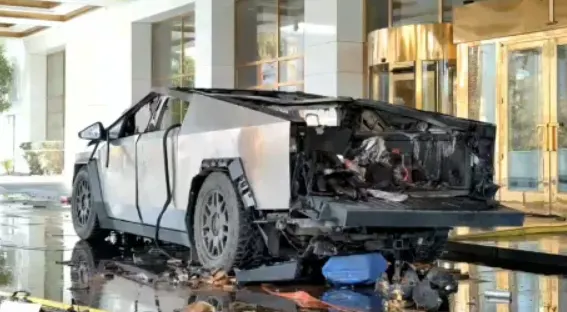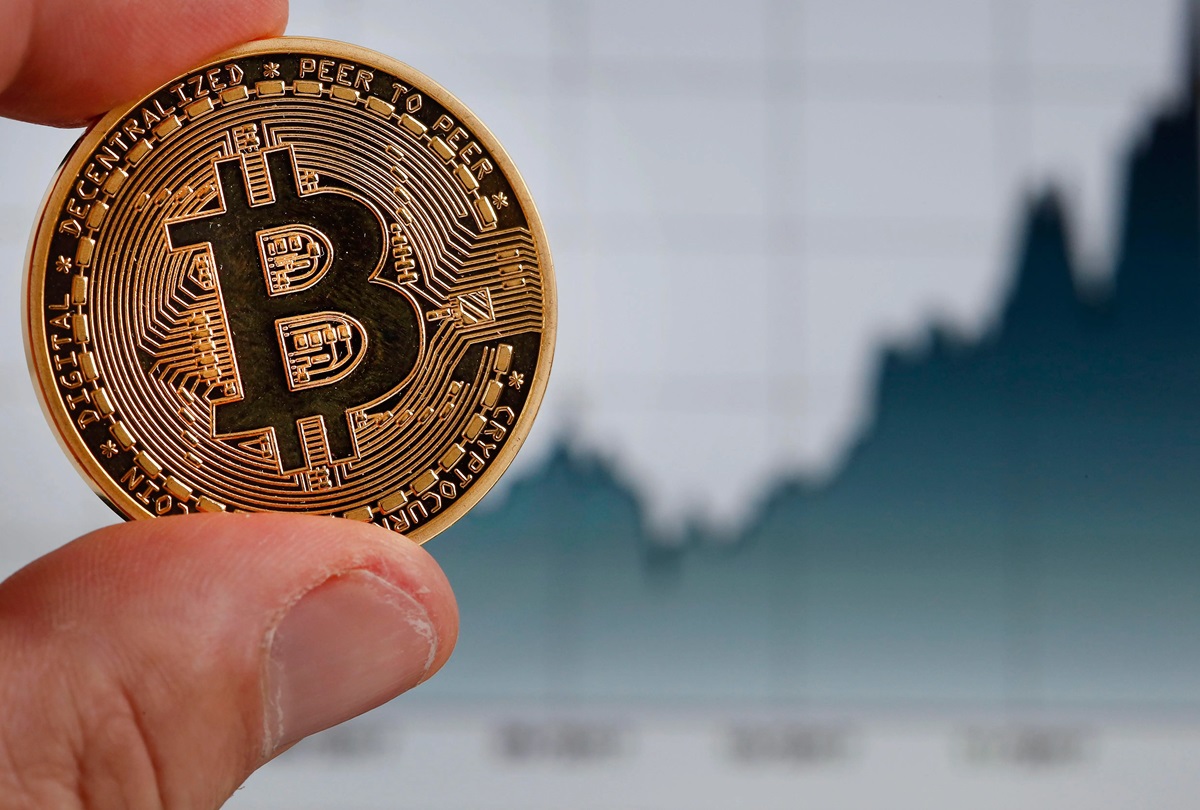High-profile incidents involving vehicles dominated headlines on New Year’s Day, raising questions about safety and public security. In Las Vegas, a Tesla Cybertruck explosion outside the Trump International Hotel killed the driver and injured seven others, with authorities investigating the event as a possible isolated act of terror. Meanwhile, the cryptocurrency world buzzed as a trader turned $66 into $3 million by riding the wave of a meme coin inspired by Elon Musk’s brief name change on X to “Kekius Maximus.”
Elon Musk’s “Kekius Maximus” Name Change Sparks Meme Coin Frenzy: One Trader Nets $3M from $66 Investment
Meme coins have proven to be both whimsical and lucrative in the growing crypto space. Elon Musk’s brief stint as “Kekius Maximus” on X ignited a meme coin mania, culminating in one trader turning a mere $66 worth of Ether into a staggering $3 million over just 18 days.
The trader, whose identity remains unknown, purchased 10.17 million Kekius Maximus (KEKIUS) tokens on Dec. 14. According to blockchain analytics firm Lookonchain, the trader sold 2.81 million tokens for 60.3 Ether (ETH) on Jan. 1, retaining the remaining stash for an unrealized gain of 45,900%. This extraordinary turn of events highlights the explosive potential of meme coins, albeit with the usual cautionary tales about their volatility.
Kekius Maximus, a creative mashup of Pepe the Frog and the protagonist from the 2000 film Gladiator (played by Russell Crowe), was born on Dec. 13. The meme coin, leveraging its unique theme and Elon Musk’s penchant for internet memes, rapidly gained traction.
According to Etherscan, the token’s market capitalization reached $11.4 million by Dec. 31. On Jan. 1, bolstered by Musk’s high-profile antics, it skyrocketed to a peak of $380 million, as per CoinGecko data.
Musk further fueled the frenzy by posting AI-generated images of a Pepe-inspired gladiator battling in the iconic Roman Colosseum. One post amassed 48.2 million views on X, drawing significant attention to KEKIUS and driving its market performance.
The market cap of KEKIUS has since cooled, falling to $100.5 million following Musk’s return to his original profile name and picture. Despite this downturn, the meme coin retains a loyal investor base, with over 23,600 holders, according to CoinGecko data.
While several KEKIUS-inspired tokens also launched on other platforms like Solana, none achieved the same level of trader enthusiasm. DEXScreener data revealed that these alternatives largely failed to capture significant market momentum.
Kekius Maximus epitomizes the meme coin phenomenon: unpredictable, volatile, and fueled by internet culture. Musk’s influence on cryptocurrency markets is undeniable, and his engagement often creates a ripple effect, drawing retail investors and speculators alike.
However, the rapid ascent and subsequent cooling of KEKIUS’s market cap demonstrates the inherent risks in such investments. While some traders, like the $3 million gainer, can reap extraordinary rewards, others face the stark reality of volatility.
As the dust settles on the KEKIUS saga, the meme coin market continues to evolve. For investors, the story of Kekius Maximus serves as both inspiration and caution. The potential for exponential gains exists, but so do the risks of dramatic losses.
For Elon Musk, his brief “Kekius Maximus” persona shows his role as a cultural and financial influencer whose actions resonate far beyond social media. Whether his next move will inspire another meme coin boom remains to be seen, but one thing is certain: the crypto world will be watching closely.
Tesla Cybertruck Explosion Outside Trump International Hotel Investigated as Potential Act of Terror
In a shocking incident on New Year’s Day, a Tesla Cybertruck explosion outside the Trump International Hotel in Las Vegas has prompted a multi-agency investigation into whether the event was an act of terrorism. Tesla CEO Musk stated in a Jan. 1 post on X that the blast was caused by a bomb or fireworks stored in the vehicle’s bed and not related to the Cybertruck’s functionality.
“All vehicle telemetry was positive at the time of the explosion,” Musk confirmed, emphasizing that Tesla had conducted a thorough investigation into the incident.
The explosion occurred at approximately 8:40 a.m. local time in the valet area of the Trump International Hotel. Witnesses reported seeing smoke emanating from the vehicle before a massive blast rocked the area, killing the truck’s driver and injuring seven bystanders. The Las Vegas Metropolitan Sheriff, Kevin McMahill, detailed the sequence of events, noting that the truck had been parked close to the hotel’s glass entrance doors moments before the explosion.
Police confirmed the Cybertruck was loaded with dangerous materials, including firework mortars, gasoline tanks, and camping fuel. These findings suggest that the explosive force originated from the materials being carried rather than any malfunction in the Cybertruck itself.
The identity of the driver, who perished in the explosion, has not yet been released. Authorities are working in collaboration with federal, state, and local agencies to determine the perpetrator’s motives and whether the event is connected to a broader terror plot.
“Current findings suggest this was an isolated incident with no indication of a larger plan,” stated the Las Vegas Metropolitan Police Department in a post on X. However, the investigation remains active, with significant resources devoted to uncovering potential links to terrorism.
The Las Vegas explosion occurred just hours before a chilling attack in New Orleans, where a suspect flying an ISIS flag drove a Ford pickup truck into a crowd of New Year’s Eve revelers on Bourbon Street, killing at least 15 people. Authorities confirmed that the New Orleans incident is being treated as a terrorist act, with the FBI leading the investigation.
While officials have not found evidence connecting the two events, a notable commonality has emerged: both vehicles involved in these tragic incidents were rented through the Turo car-sharing platform. Investigators are exploring whether this connection is purely coincidental or indicative of a broader trend.
Musk Addresses Concerns
Musk’s swift response to the Las Vegas explosion sought to clarify Tesla’s role. By confirming the vehicle’s telemetry data and identifying external explosive materials as the cause, Musk aimed to assuage public concerns about the safety of Tesla vehicles.
Tesla’s Cybertruck, a much-anticipated addition to the electric vehicle market, debuted in late 2023 to significant fanfare. Despite the company’s assurances, the incident has raised questions about the security of rental vehicles and the potential for misuse in malicious acts.
The Las Vegas and New Orleans incidents bring attention to the growing complexity of modern terrorism, with perpetrators exploiting everyday tools and platforms to orchestrate attacks. As investigations continue, authorities are urging the public to remain vigilant and report suspicious activity.
While no links have been definitively established between the two events, the timing and shared use of rental vehicles underline the need for enhanced security measures in car-sharing services. Federal agencies, including the FBI, are expected to release further updates as investigations progress.
The twin incidents in Las Vegas and New Orleans have cast a somber shadow over the beginning of 2025. As authorities piece together the events, these tragedies serve as a stark reminder of the persistent threats to public safety and the resilience required to combat them.












